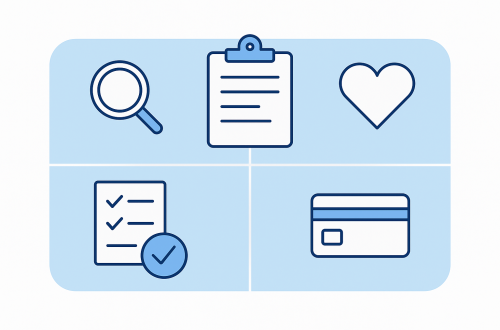
Mastering Sprint Planning: Effective Methods for Beginners
Sprint planning is the heart of agile project management. When done correctly, it can streamline the development process and deliver high-quality results.
Understanding the Importance of Sprint Planning
Before diving into the specifics, let’s underline the importance of sprint planning. Sprint planning sessions lay the groundwork for the next cycle of work. They clarify what the team should focus on and determine the workload for the coming weeks. By setting clear objectives, teams can prevent project drift and deliver products that align with the company’s vision.
For this blog, let’s imagine that we work for a new company, let’s call it GiggleGadget Inc. And here at GiggleGadget Inc. we’ve fine-tuned our approach to sprint planning, ensuring our projects are always on track. This blog post’ll share the secrets to our effective sprint planning meetings and methods.
Golden Rules for Sprint Planning
Before diving headfirst into tasks, it’s imperative to have a deep understanding of your team’s capacity. This involves:
- Historical Analysis: Reflect on past sprints to assess how much work the team has successfully completed within given timeframes.
- Individual Skill Sets: Recognize the strengths and expertise of each member. Some tasks may be executed faster by those with specific skills.
- Available Hours: Consider not just the total work hours but also factor in potential absences, holidays, and other commitments.
- External Dependencies: Some tasks may rely on external factors or stakeholders. Account for potential delays or wait times.
Overloading can diminish work quality due to haste while under-loading might mean missing out on leveraging available time. Proper capacity planning strikes a balance, ensuring tasks align well with the team’s potential.
Prioritise Ruthlessly
Not all waves rise to the same height in the vast ocean of tasks. The art of prioritisation involves discerning the tasks that create the most impact from those less consequential. At GiggleGadget Inc., we will prioritise tasks grounded on three pillars:
- Business Value: Identify tasks that directly influence our bottom line or significantly enhance user experience. The immediate or future return on investment is paramount here.
- Dependencies: Some tasks could be the anchor holding other tasks together. Recognising and addressing these pivotal tasks can streamline the workflow, preventing bottlenecks.
- Risk: Understand each task’s potential pitfalls or challenges. By gauging the risks, we can allocate resources effectively and mitigate issues before they escalate.
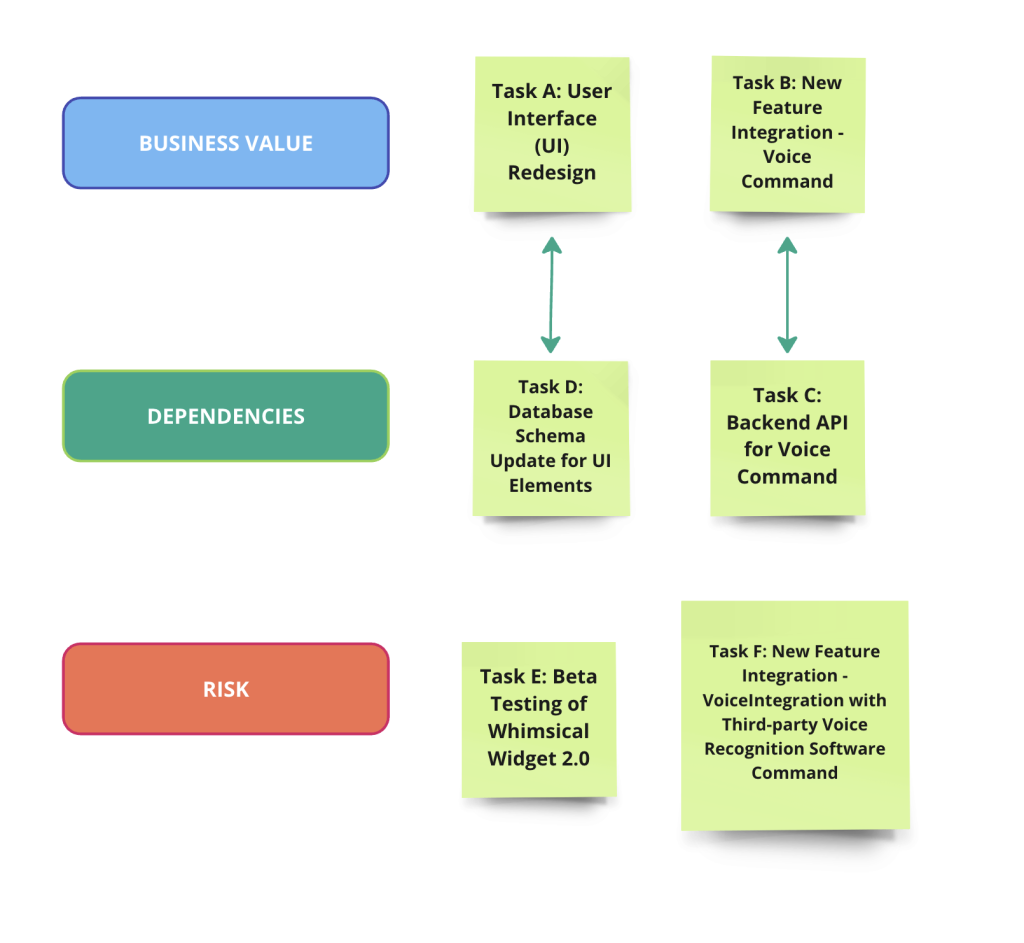
Keep It Collaborative
True innovation thrives in open dialogue and shared ideas. Encourage every team member to step forward and voice their opinions and concerns. Here’s why:
- Inclusive Decision Making: When everyone feels a part of the process, the commitment to the project outcome strengthens. Collective decisions, backed by the entire team, foster a sense of ownership and accountability.
- Harnessing Diverse Skill Sets: Each member brings unique skills and experiences to the table. Leveraging this diversity can lead to innovative approaches.
- Mitigating Risks: When multiple eyes scrutinize a problem, potential pitfalls can be identified early. This collaborative approach aids in proactive risk management.
- Enhancing Team Dynamics: A culture that supports collaboration naturally boosts morale. When individuals feel heard and valued, it leads to increased job satisfaction and team cohesion.
Methods We Swear By
User Stories
At GiggleGadget Inc., we use user stories to define what needs to be done. They keep the focus on the end user, ensuring that we build products that resonate with our target audience.
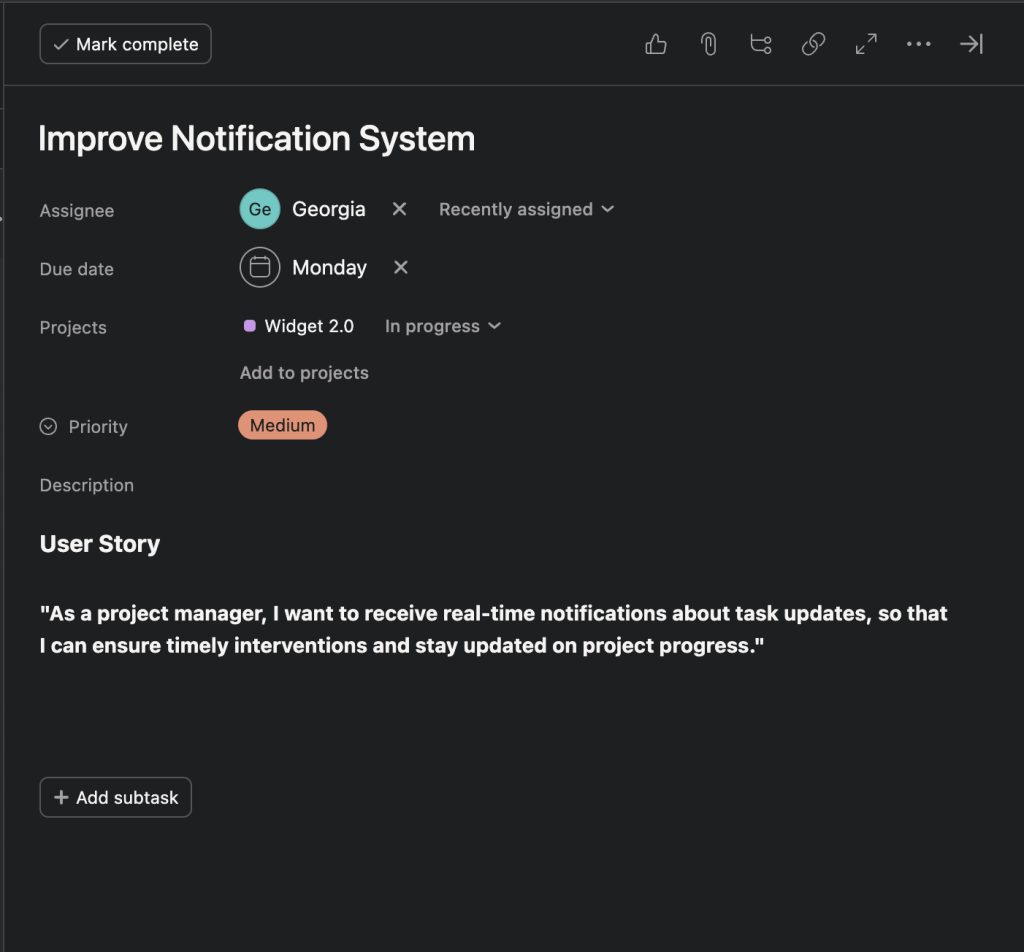
Estimation Techniques
Methods like Planning Poker or the Bucket System help us gauge the effort required for each task. This ensures we remain realistic about our commitments.
The tool we used for this estimation is: https://planningpokeronline.com/.
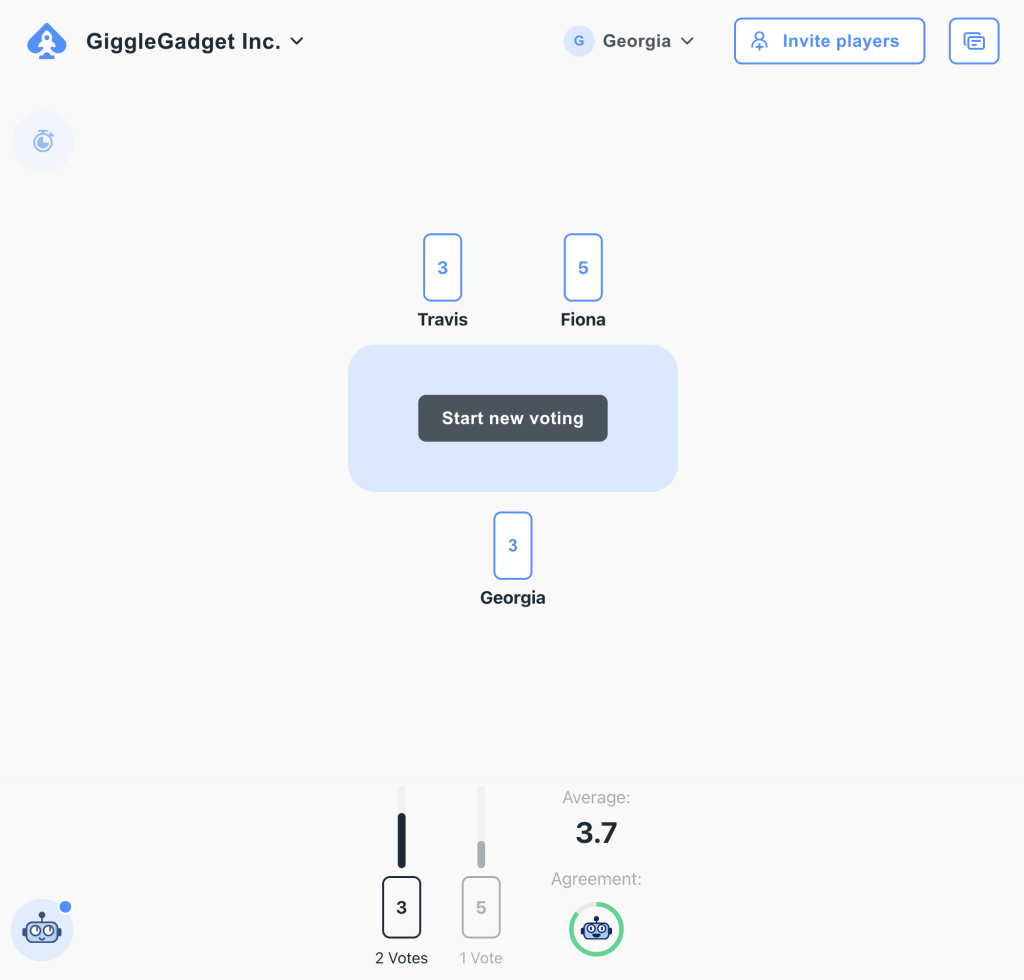
The Definition of Done
By establishing a shared understanding of what “done” looks like, we avoid ambiguity and ensure every team member is on the same page.
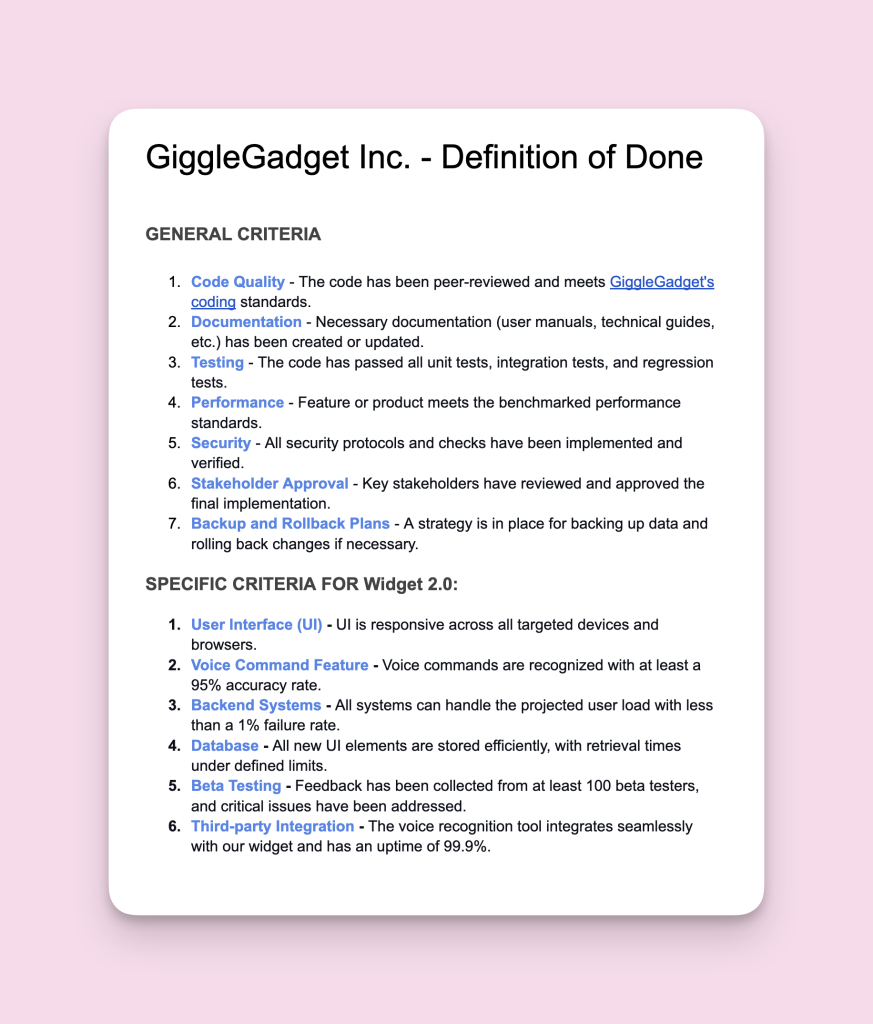
Visual Aids
Tools like Trello, JIRA, Asana or physical boards help us visualize tasks, track progress, and spot bottlenecks.
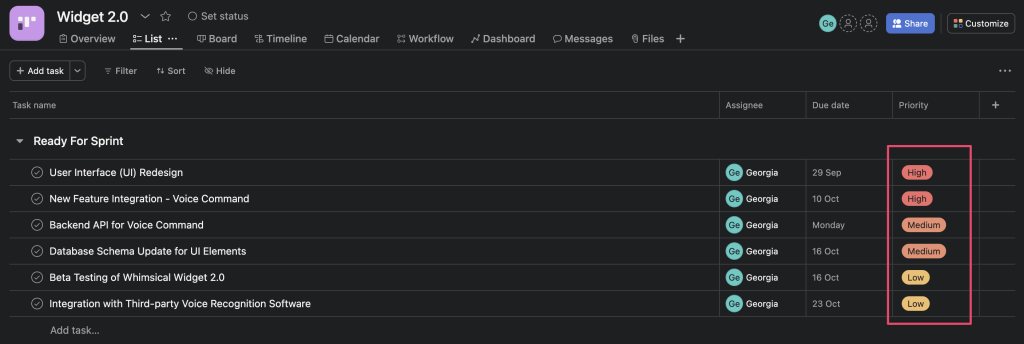
Making the Most of Sprint Planning Meetings
- Set Clear Objectives – Begin every meeting with a clear agenda. Know what you want to achieve by the end.
- Time-box Your Sessions – Avoid unnecessarily long meetings. A typical sprint planning meeting at GiggleGadget Inc. lasts between 1 and 2 hours, depending on the sprint’s complexity.
- Involve the Right People – Ensure that all necessary team members are present. This includes not just developers but also designers, QA, and stakeholders.
- Review and Adapt – Conclude your meetings by reviewing the previous sprint. Celebrate successes, identify challenges, and adapt your approach accordingly.
Effective sprint planning is an art, and like any art, it requires practice, reflection, and continuous improvement. By prioritizing tasks, understanding capacity, and ensuring clear communication, we’ve streamlined our workflows and delivered exceptional products for our fictional business.




